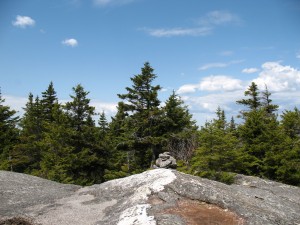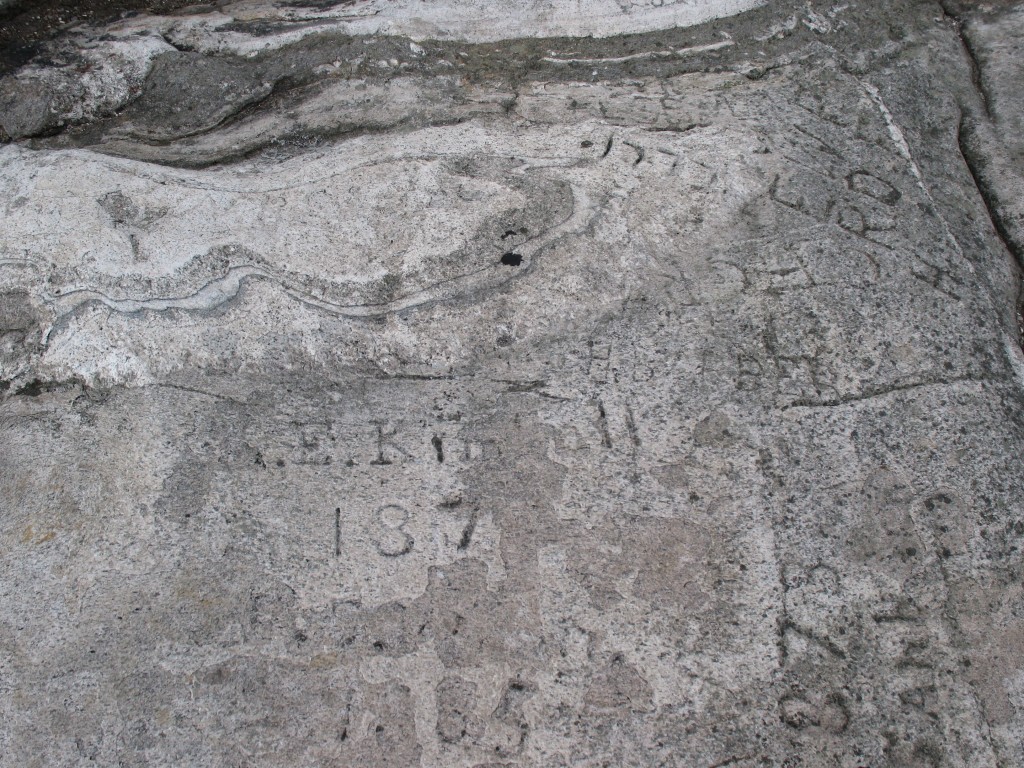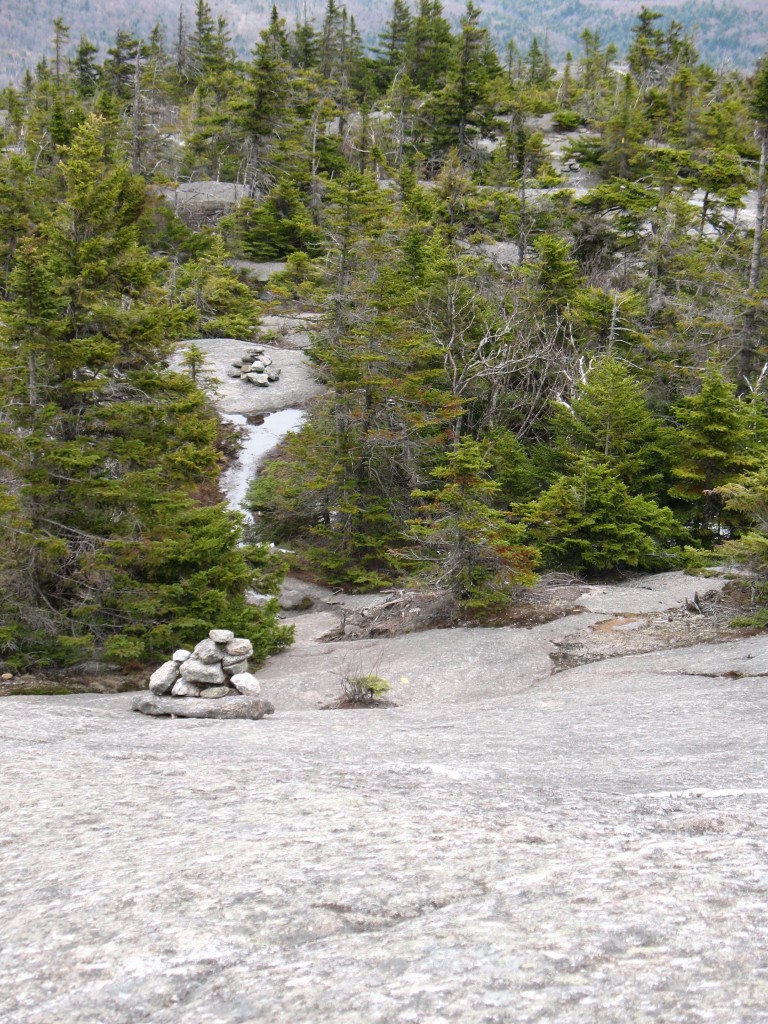On July 19th, 1842, Henry Thoreau and his friend Richard Frederick Fuller (Margaret Fuller’s brother) set out, “resolved to scale the blue wall which bounds the western horizon,” or the long-looked-at Wachusett. Even so, Thoreau was “not without misgivings, that thereafter no visible fairy land would exist for us.”
Still, by walk’s (and essay’s) end, he had this to say: “And now that we have returned to the desultory life of the plain, let us endeavor to import a little of that mountain grandeur into it.”
So it is in this expansive season that often sees us walking toward horizons blue with distance and often imagined. Up then, I go up on a recent morning, with the blue wall of ridge rising along the valley’s west. Like Thoreau and Fuller, I left early, with the eastern light at my back; but unlike Thoreau and Fuller, I had only a short walk before I began to climb that blue wall, and I soon fell into the meditative cadences of climbing, all built on the audible work of breathing. It is a different sort of meditation, but contemplative nonetheless.
As often happens to me when walking is also working, some time slipped by without my noticing it. I came back to full awareness as the light shifted: first it grew dark (I had entered a spruce grove) and a fading line of snow glowed, light rising from the forest floor; then, the light intensified ahead of me, and I arrived at a sort of door. Before me was the first set of open ledges in a day of ridge-walking; I had entered the “visible fairy land” of the upper mountains; I was atop the “blue wall.”
It seemed fitting then in this up-there world that the way should have new markers too, guides across the stone where feet leave little sign – cairns. Born of the bare Scottish Highlands, cairns are often simple piles of stones assembled by passersby to indicate that you – walker-next – should pass by this way. And, as both marker of passage and contribution, many of us add a stone as we pass by, especially to small cairns that have suffered from scatter. And so some cairns grow.
Atop the day’s central summit, I stopped to look at the bare stone and then the series ridges, especially those that rise to the north. On the stone, I found inscription, some dating back to Thoreau’s era, the sort of “I was here” writing inspired by the being above the valleys.
And I was reminded again of Thoreau’s Wachusett walk and the essay that flowed from it. Here’s its ending:
We will remember within what walls we lie, and understand that this level life [on our return to the valleys] to has its summit, and why from the mountain top the deepest valleys have a tinge of blue; that there is elevation in every hour, as no part of earth is so low that the heavens may not be seen from, and we have only to stand on the summit of our hour to command an uninterrupted horizon.




2 responses to “Walking Up Waking Up”